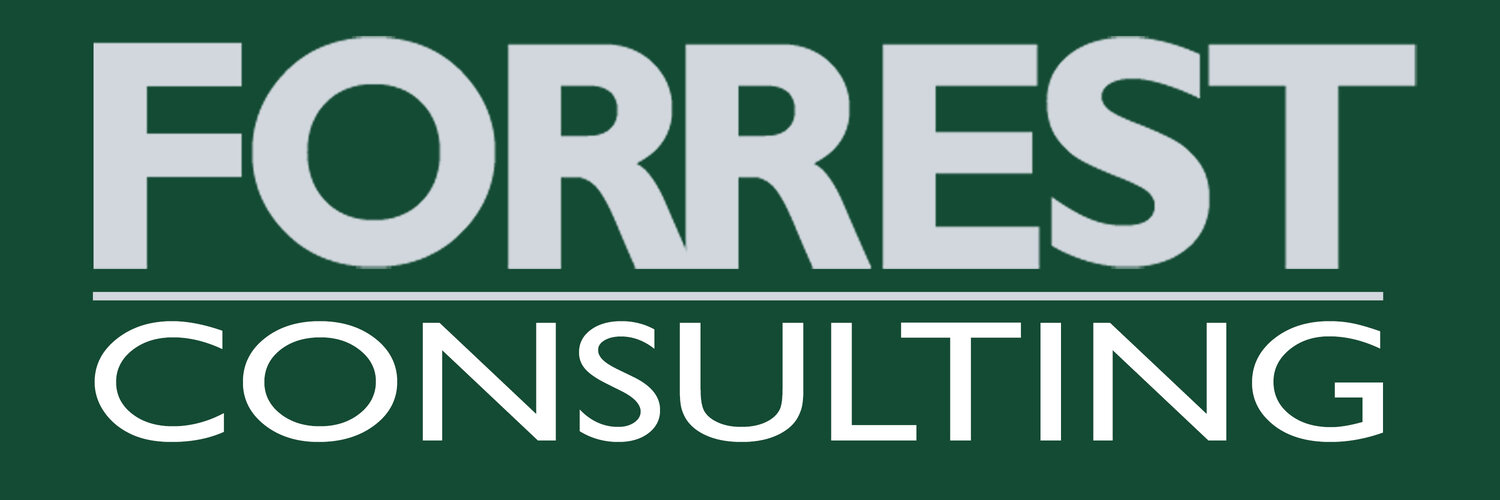Managing choice
You've seen the kind of menu I encountered at the breakfast cafe yesterday morning: Pages of glowing praise about this dish and that dish. Seven kinds of omelettes, six different skillets, plus sizzlers and eggs Benedict, as well as various pancake and waffle options, and traditional eggs, meat and potato choices. Oh, and you can build your own dish, using a long list of ingredients. That, in essence, made the number of choices essentially infinite.
Overwhelming! All six of us stared at the menu for a long while, confused by all the options - and then gave up and we each just ordered eggs, potatoes and bacon or sausage.
The elaborate, off-putting menu is an example of the paradox of choice (sometimes called choice overload), in which people are worried (whether they realize it or not) that they will regret the choice they make. Having so many choices is debilitating and even paralyzing. Hick's Law posits that the time it takes for a person to make a decision increases logarithmically.as the number of choices increases.
PROCESS BREAK DOWN
Research* shows that having a limited set of choices - rather than none or only a poor option - is empowering and positive. A limited set of options enables us to focus on each option and paves the way for a better decision. But when the options are multitudinous and are not culled and sharpened, we tend to make a poor choice, latching on to something that attracts us, or (as in our case at breakfast) falling back on something familiar and comfortable.
That's a weakness of many brainstorming sessions of which I have been part. The group generates many, many options to consider for the future course of action. That's good, because without this kind of stretch thinking the leaders would not come up with new and diverse strategic options for the organization to pursue for greater effectiveness, impact and success.
But then the process breaks down. Faced with a long list of choices, as happened at my breakfast yesterday morning, the discussion devolves to looking at only one or two options or stalls or just resets to where the organization is now and about which the group members are most familiar. The choice of a new direction, if even made, is not based on a well-considered examination of the pluses and minuses of each of the large number of options.
MANY TO FEW
As a facilitator of group decision making, I know an answer to the paradox of choice is not to restrict options initially. My role is to foster development of a multitude of options. But the next essential step is for the group to engage in a process to eliminate and combine options to produce a tight, sharp set of choices that then can be thoroughly examined.
There are various ways to reduce a long list (one tool I typically use is an n/3 multi voting process), but the process is not what's important. What matters is that the group stretches to envision many paths and potential great outcomes, and then that some kind of process is used to wind up with a limited number of options, say three to six, for further research and consideration, around which stories can be developed to show how the organization will fare under each option.
At that point, likely the best option will emerge or at least a consensus can be built to commit to an option offering the best hope for future success.
IN OUR BEST INTEREST
We all can agree that choice is wonderful and empowering, but choice is something that needs to be managed. Otherwise, we are more likely to choose poorly, not in the best interest of ourselves and our organizations.
Without managing choice, gaining a real commitment to acting on the choice and getting down the road to the success we see from good execution of our decision is not likely.
* For more information on the paradox of choice, I recommend this paper by Barry Schwartz and Andrew Ward: http://www.swarthmore.edu/SocSci/bschwar1/Choice%20Chapter.Revised.pdf

